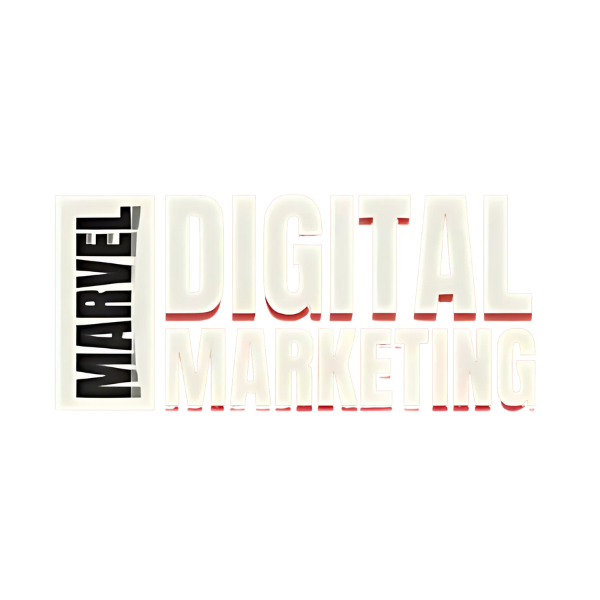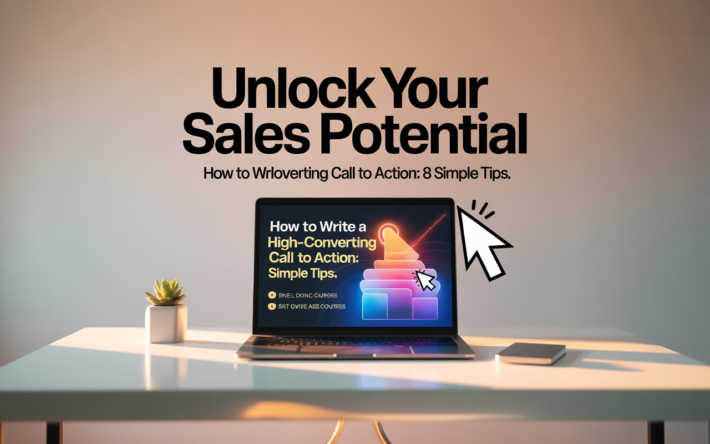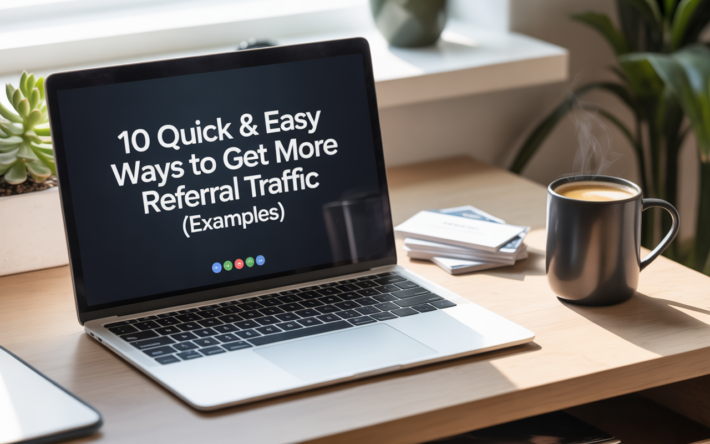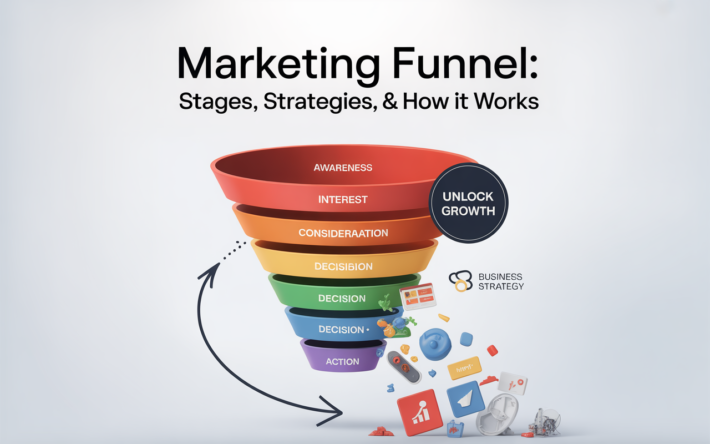linkedin ads vs google ads: Which Platform Is Best For Lead Generation?
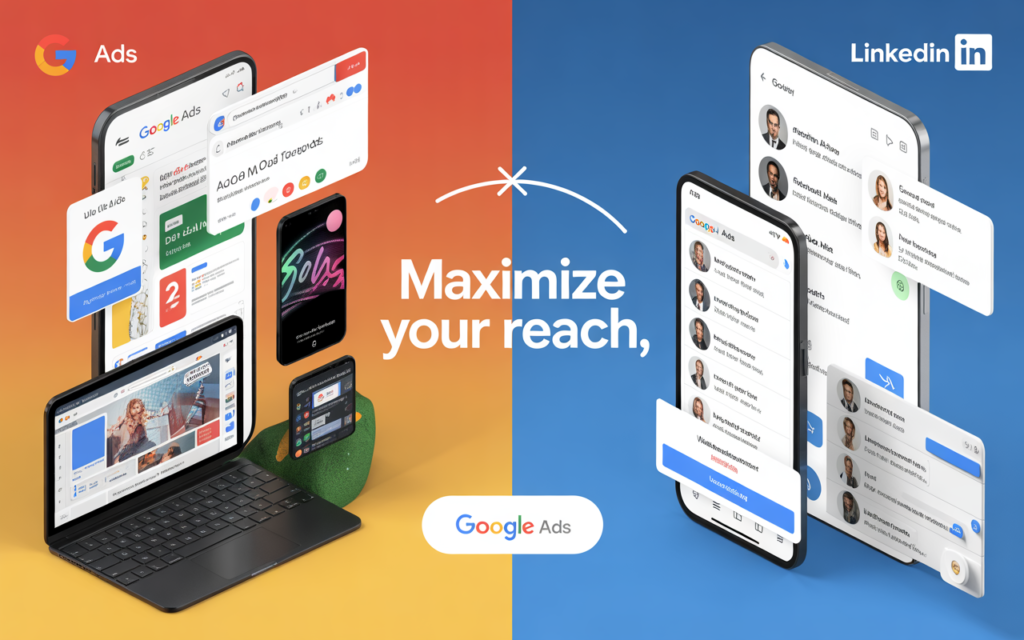
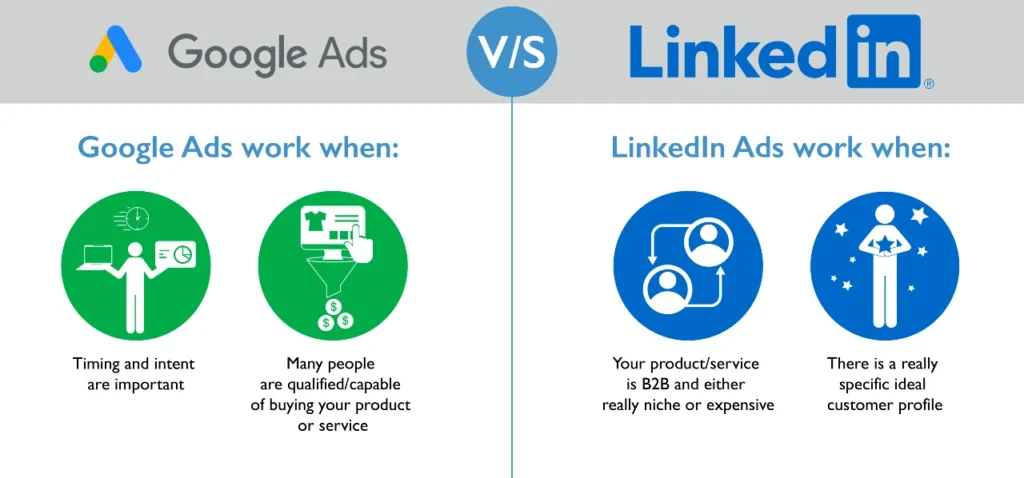
When it comes to digital marketing, businesses often face one important question: LinkedIn Ads vs Google Ads – which platform is better for lead generation? Both advertising platforms are powerful, but they work in very different ways.
- Google Ads: This platform allows you to run ads on Google search results, YouTube, and partner websites. It helps businesses reach people who are actively searching for products or services.
- LinkedIn Ads: This platform shows ads on LinkedIn, the world’s largest professional network. It’s especially useful for targeting people based on their job title, company, industry, or skills, making it popular for B2B marketing.
In this blog, we’ll break down LinkedIn Ads vs Google Ads step by step so you can understand which one is best for your business goals, especially if you’re focused on generating quality leads.
Read More: Top 4 Tips to Win Zero-Click Searches in Google
Why Compare LinkedIn Ads vs Google Ads?
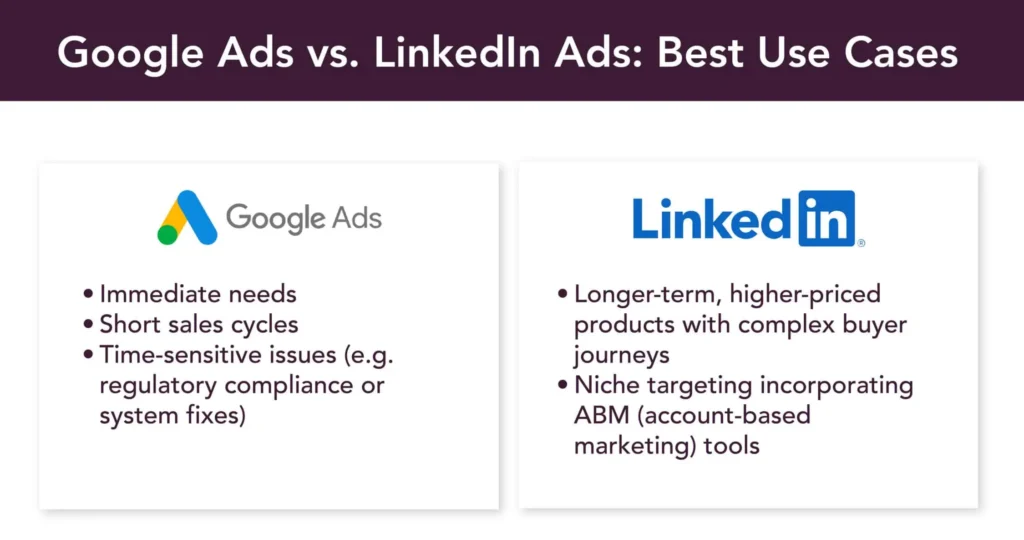
When it comes to online advertising, businesses often wonder which platform is more effective: LinkedIn Ads vs Google Ads. Both are powerful paid advertising platforms, but they serve different purposes and work in unique ways.
- Google Ads focuses on search intent. That means your ads appear when people are already looking for a product, service, or solution. This makes Google a strong choice for capturing ready-to-buy leads.
- LinkedIn Ads focuses on professional audience targeting. It allows you to reach business decision-makers, industry leaders, and professionals based on their job title, company size, skills, or industry. This makes LinkedIn especially effective for B2B marketing and brand awareness among the right audience.
Read More: What Is Google Performance Max & How It Works Explained
Audience & Targeting in LinkedIn Ads vs Google Ads
One of the biggest differences between LinkedIn Ads vs Google Ads is how they allow you to target your audience. The targeting options define who sees your ads and ultimately determine the quality of leads you generate.
- Google Ads: Targets users based on keywords, demographics, interests, and behaviors. Since people are already searching for products or services, you can capture them at the moment of intent. For example, someone searching “best CRM software” is likely ready to compare or buy.
- LinkedIn Ads: Offers professional-level targeting. You can reach people by job title, company name, seniority, industry, education, and even specific skills. This makes it a strong platform for B2B companies that want to connect directly with decision-makers or professionals in a niche field.
In short, Google Ads helps you reach people when they are searching, while LinkedIn Ads helps you reach the right professionals, even if they’re not actively searching.
Read More: 2025 Google Ads Benchmarks: Industry Trends & Insights
Ad Formats and Creative Options in LinkedIn Ads vs Google Ads
Another key area to compare in LinkedIn Ads vs Google Ads is the variety of ad formats each platform offers. The type of ad you choose can greatly impact engagement and lead generation results.
Google Ads: Provides a wide range of options, including:
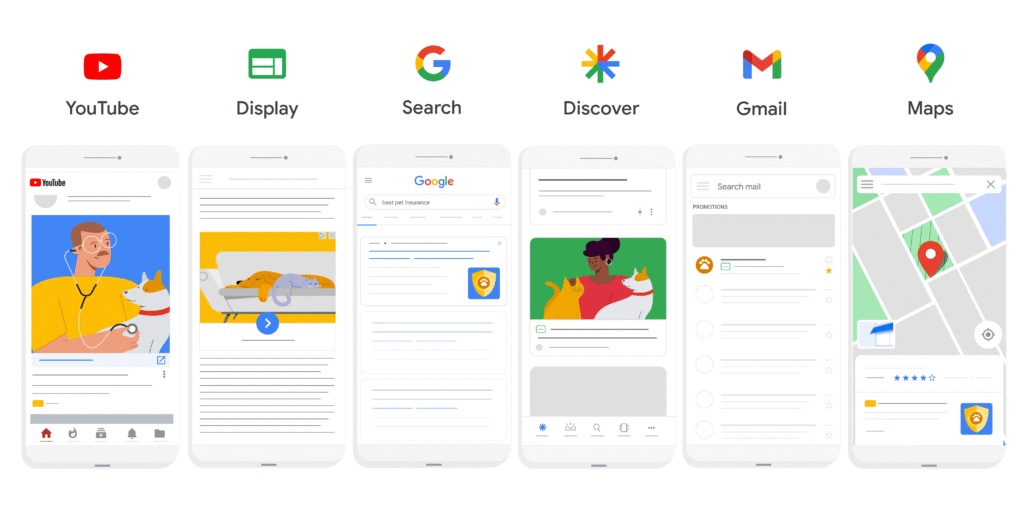
- Search Ads – text-based ads that appear on Google search results.
- Display Ads – visual banner ads across websites.
- YouTube Video Ads – video campaigns to capture attention.
- Shopping Ads – product-based ads for eCommerce.
- App Ads – to drive mobile app installs.
- Performance Max Campaigns – AI-powered campaigns that run across all Google channels.
Read More: What is Ad Fatigue? How to Identify and Fix it Meta and Google Ad Fatigue?
LinkedIn Ads : Focuses on professional engagement with formats such as:
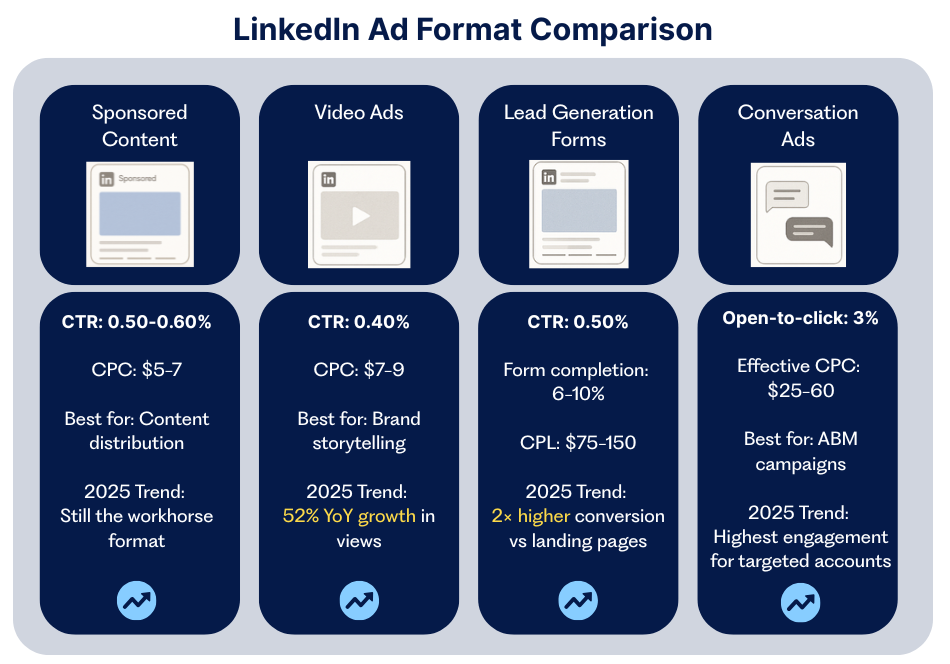
- Sponsored Content – native ads that appear in the LinkedIn feed.
- Message Ads (InMail) – personalized messages sent directly to inboxes.
- Text Ads – small ads appearing on the sidebar.
- Dynamic Ads – personalized ads based on user profiles.
- Carousel Ads – multi-image ads to showcase stories or products.
- Lead Gen Forms – pre-filled forms to capture leads directly on LinkedIn.
While Google Ads offers more variety across different channels, LinkedIn Ads provides specialized formats built for professional networking and B2B lead generation.
Cost & ROI Comparison in LinkedIn Ads vs Google Ads
When comparing LinkedIn Ads vs Google Ads, one of the most important factors for businesses is cost and return on investment (ROI). Both platforms have very different pricing models and results depending on your goals.
Google Ads:
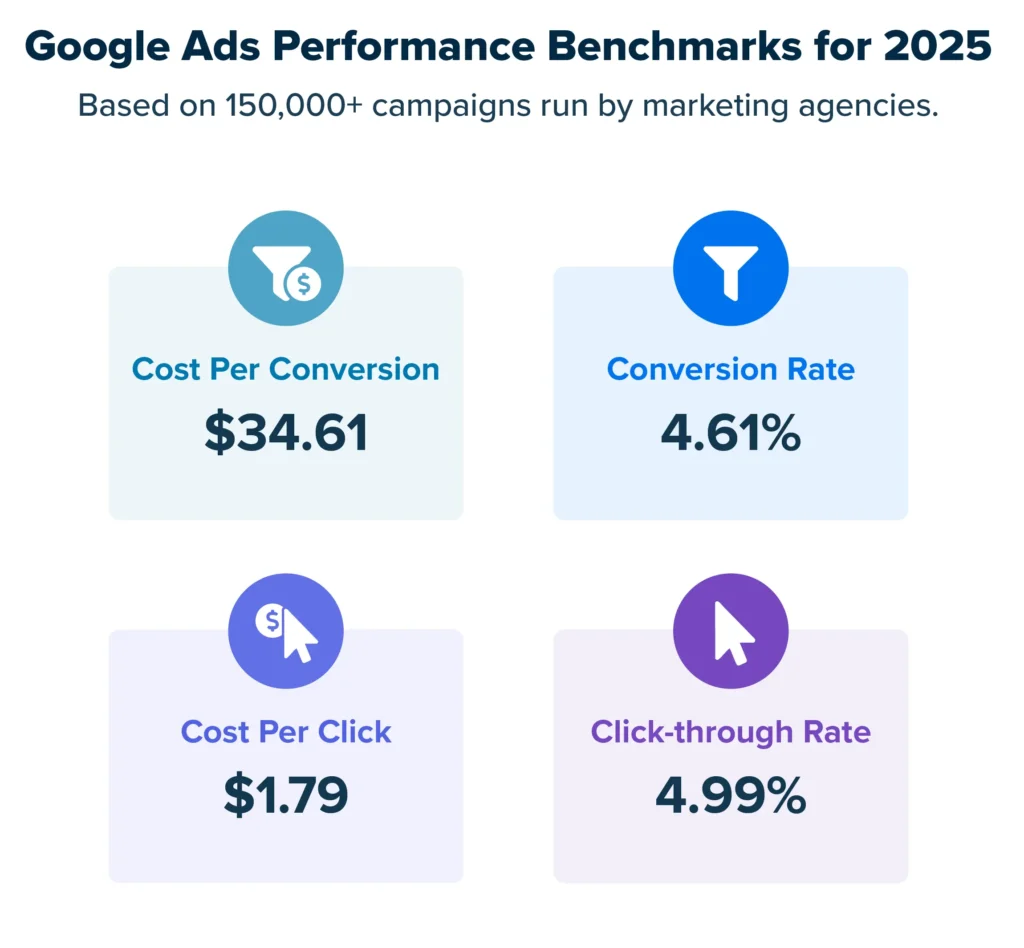
- Generally has a lower cost per click (CPC) compared to LinkedIn.
- Offers a high ad volume, since millions of people search on Google daily.
- Works well for quick conversions because it captures users with active buying intent.
Read More: What is a Good Google Ads Quality Score?
LinkedIn Ads:
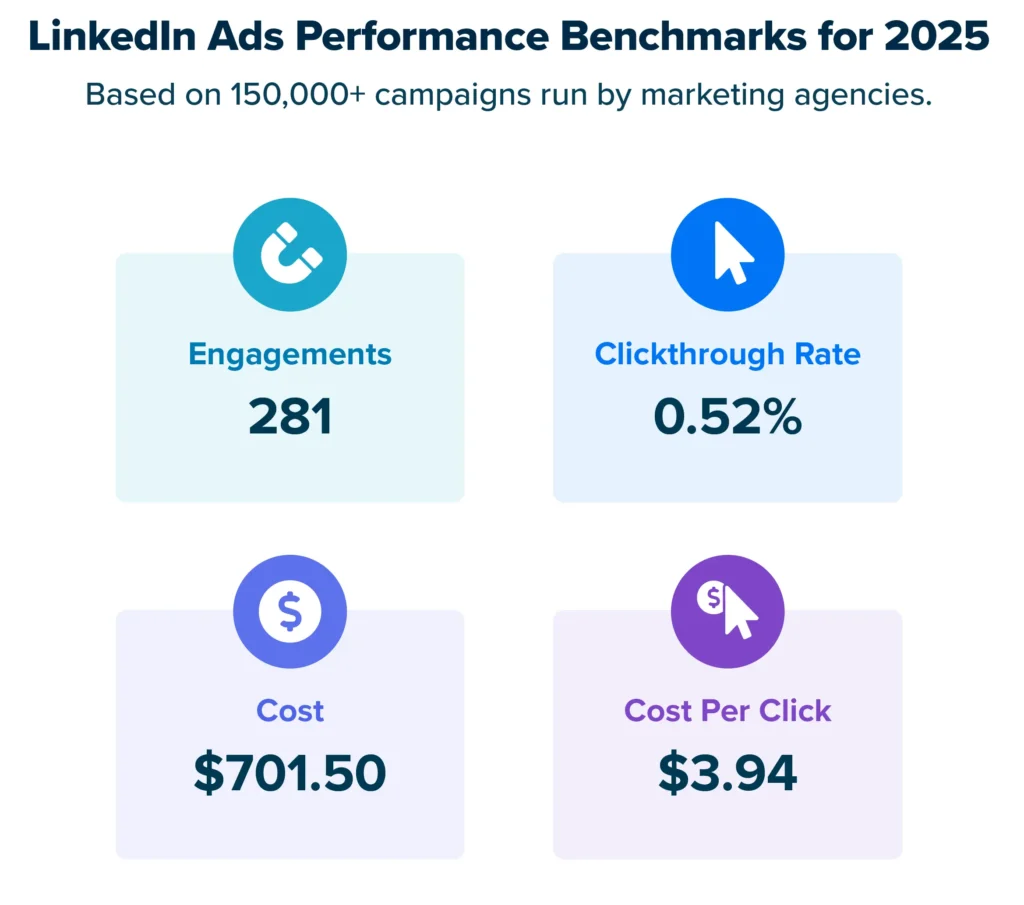
- Usually comes with a higher CPC, often several times more than Google Ads.
- However, it delivers more targeted and qualified leads, especially in the B2B space.
- The leads may have a higher lifetime value, since you’re reaching decision-makers and professionals with purchasing power.
In short, Google Ads is usually more cost-efficient for fast conversions, while LinkedIn Ads is better for quality leads that bring long-term ROI.
Read More: Google AI Studio Explained: From Chat to App in Minutes
Pros and Cons of LinkedIn Ads vs Google Ads
To choose the right platform, it’s important to weigh the pros and cons of LinkedIn Ads vs Google Ads. Each platform offers unique strengths but also comes with limitations.
- Google Ads Pros:
- Massive reach across Google search, YouTube, and partner sites.
- Intent-driven—captures users actively searching for solutions.
- Multiple ad formats to suit different goals.
- Delivers fast and measurable results.
- Massive reach across Google search, YouTube, and partner sites.
- Google Ads Cons:
- Limited ability to target by job role, company, or industry.
- Some clicks may be unqualified, leading to wasted ad spend.
- Competitive keywords can drive costs up.
- Limited ability to target by job role, company, or industry.
- LinkedIn Ads Pros:
- Precision targeting for professionals, industries, and job titles.
- Strong for B2B companies and high-value services.
- Generates higher-quality leads from decision-makers.
- Built-in Lead Gen Forms simplify conversions.
- Precision targeting for professionals, industries, and job titles.
- LinkedIn Ads Cons:
- Higher cost per click (CPC) compared to Google.
- Smaller audience reach than Google.
- Conversions can take longer since not all professionals are actively searching.
- Higher cost per click (CPC) compared to Google.
The best choice between LinkedIn Ads vs Google Ads depends on whether you prioritize cost-effective quick conversions (Google) or targeted, high-value B2B leads (LinkedIn).
Real-World Use Cases: LinkedIn Ads vs Google Ads
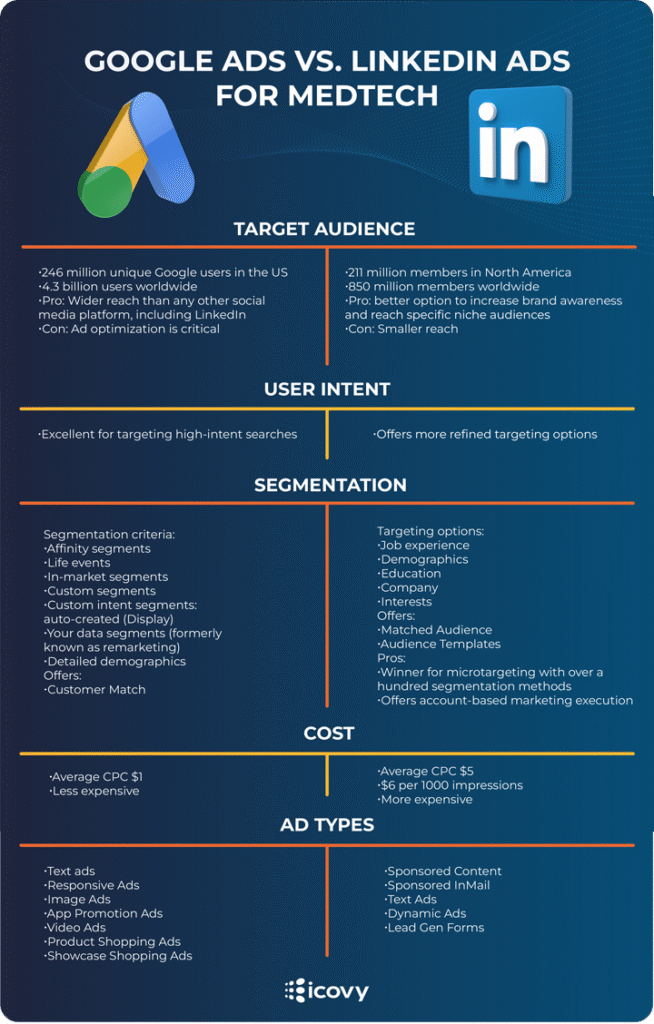
Looking at real-world use cases of LinkedIn Ads vs Google Ads makes it easier to see which platform is right for your business. Each works best in different scenarios depending on your audience and goals.
- Google Ads is ideal for:
- E-commerce brands looking to drive product sales with Shopping Ads.
- Local services such as plumbers, dentists, or gyms that benefit from local search intent.
- Businesses with high search demand, where customers are actively looking for solutions.
- E-commerce brands looking to drive product sales with Shopping Ads.
Read More: Google Ads Asset Studio Now Available
- LinkedIn Ads is ideal for:
Simply put, Google Ads is best when you want to capture existing demand quickly, while LinkedIn Ads is best when you want to create demand among the right professionals.
Read More: Best Time to Post on LinkedIn for Maximum Engagement
Combining Both Platforms: LinkedIn Ads vs Google Ads Together
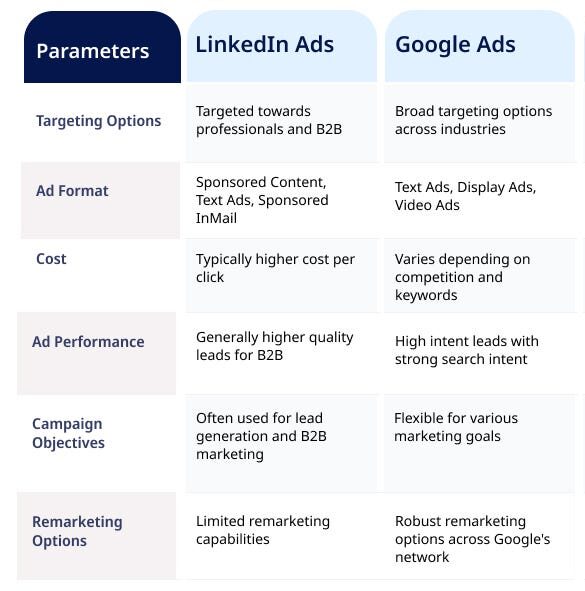
Instead of choosing one over the other, many businesses find success by using LinkedIn Ads vs Google Ads together in a combined strategy. Each platform complements the other and covers different parts of the buyer journey.
- LinkedIn Ads: Great for creating awareness and reaching the right decision-makers in your target industry. You can introduce your brand, build trust, and put your solution in front of professionals who may not yet be actively searching.
- Google Ads: Perfect for capturing high intent when those same professionals (or others) later search for your product or service. This is where you convert awareness into leads and sales.
Example Flow:
Run LinkedIn Ads to generate awareness among your ideal audience.
Later, use Google Search Ads to capture those same people when they’re ready to take action.
By combining both platforms, you build a full-funnel strategy: LinkedIn for targeting the right people, and Google for closing the deal.
Metrics & Analytics in LinkedIn Ads vs Google Ads
To measure success, it’s important to understand how LinkedIn Ads vs Google Ads provide metrics and analytics. Both platforms offer powerful tracking tools, but they highlight different insights.
- Google Ads:
- Tracks clicks, impressions, conversions, and cost-per-click (CPC).
- Offers deep integration with Google Analytics, giving you a complete view of user behavior after clicking your ad.
- Ideal for monitoring ROI and optimizing campaigns for sales or leads.
- Tracks clicks, impressions, conversions, and cost-per-click (CPC).
Read More: 50+ Google Ad Formulae Everyone Should Know
- LinkedIn Ads:
- Tracks engagement metrics such as likes, shares, and clicks.
- Provides insights into job titles, industries, company size, and demographics of people interacting with your ads.
- Includes Lead Gen Form analytics, making it easy to see how many professionals filled out your forms directly on LinkedIn.
- Tracks engagement metrics such as likes, shares, and clicks.
In short, Google Ads gives you conversion-focused analytics, while LinkedIn Ads gives you audience-focused insights—both are valuable for different stages of your lead generation strategy.
Summary Table: LinkedIn Ads vs Google Ads
To make the comparison clear, here’s a quick summary table of LinkedIn Ads vs Google Ads based on the most important factors for lead generation:
| Feature | Google Ads | LinkedIn Ads |
| Audience Reach | Huge, global reach across search & display | Smaller, professional-focused network |
| Targeting | Keywords, demographics, and interests | Job title, company, industry, seniority, skills |
| CPC (Cost per Click) | Lower on average | Higher, especially in B2B campaigns |
| Best For | B2C, local businesses, quick conversions | B2B, SaaS, professional services, high-value leads |
| Ad Formats | Search, Display, YouTube, Shopping, App, Performance Max | Sponsored Content, Message Ads (InMail), Carousel, Dynamic, Lead Gen Forms |
| Lead Quality | Varies depending on keywords and targeting | Highly qualified, professional decision-makers |
This comparison shows why many marketers don’t just ask LinkedIn Ads vs Google Ads – which is better? Instead, they consider using both platforms strategically depending on their goals.
Final Recommendations: LinkedIn Ads vs Google Ads for Lead Generation
So, when it comes to LinkedIn Ads vs Google Ads, which platform should you choose for lead generation? The answer depends on your business goals, budget, and target audience.
- Choose Google Ads if:
- You want quick leads and faster conversions.
- You’re working with a lower budget.
- You need high traffic volume from people actively searching for your solution.
- You want quick leads and faster conversions.
- Choose LinkedIn Ads if:
- You are targeting professionals, executives, or decision-makers.
- Your focus is on B2B lead generation or enterprise clients.
- You value quality leads over quantity, even at a higher cost.
- You are targeting professionals, executives, or decision-makers.
Best Strategy: Don’t limit yourself to one platform. For maximum results, combine LinkedIn Ads for awareness and targeting the right audience, with Google Ads for capturing high-intent searches and driving conversions. This creates a full-funnel marketing approach that delivers both reach and quality.
Read More: Mastering Google’s Algorithm Updates: A Year-by-Year Breakdown
